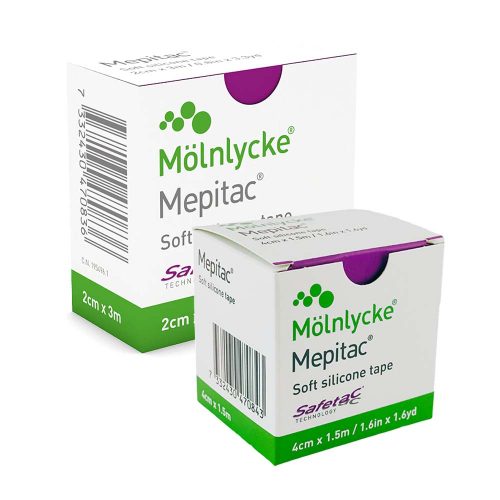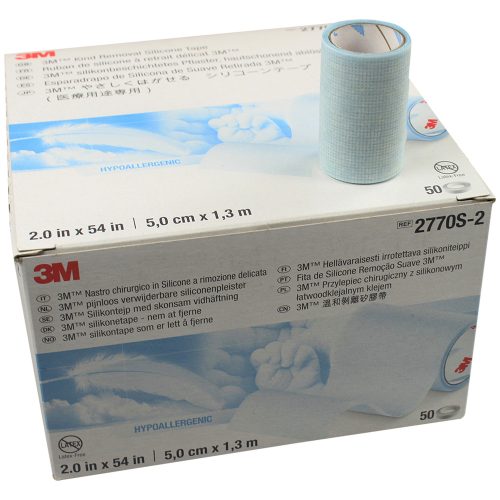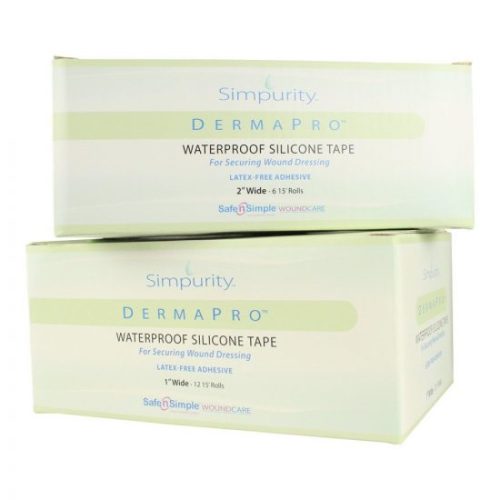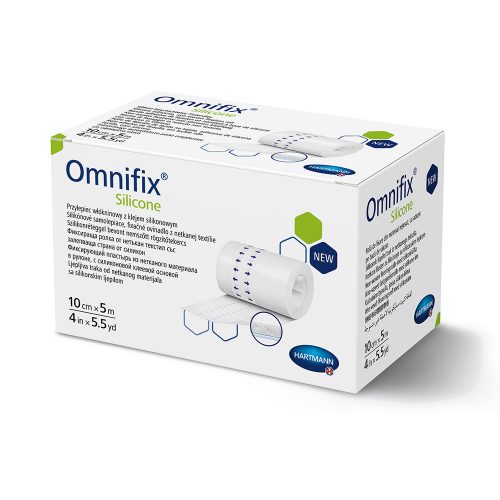Silicone medical tape is designed to hold dressings in place and close small wounds to minimize scarring.
Of all wound care tapes available, silicone is known for its soft yet tacky composition that helps with sealing wounds directly, allows for greater contact with the skin and can be adjusted without causing trauma. This combination is ideal for patients with fragile, delicate skin.
What Is Silicone Tape?
Also called gel bandages, silicone medical and surgical tapes are known for their hydrophobic properties. For wound care, silicone tape:
- Adheres to the skin almost instantly, providing a reliable degree of contact in the process.
- Retains its adhesive properties, even as the dressing is removed and reapplied, without decreasing in effectiveness.
- Can be applied to moist skin and wound beds.
- Allows for atraumatic dressing removal, including for patients with more fragile skin, and won’t leave a residue behind.
Benefits of Silicone Gel Tapes
Silicone medical tapes:
- Are more compatible with the skin’s structure and have a lower likelihood of adverse reactions.
- Allow for repositioning a dressing without reducing its adhesive properties, and lessen medical adhesive-related skin injury (MARSI) risks.
- Can be used to dress fragile skin, including for infant and elderly patients, without compromising skin integrity.
- Provide a degree of wound monitoring through semi-transparent construction.
- Are waterproof or water resistant, helping reduce wound contamination risks and creating a more reliable seal.
- Won’t attract bacteria to the wound.
- Are less susceptible to heat and chemical reactions.
- Can be used on dry skin.
- Let air and gas evaporate.
- Help reduce the appearance of scars.
- Are latex free and offer a hypoallergenic wound care solution.
Sources:
https://dermnetnz.org/topics/silicone-dressings
https://www.simplymedical.com/silicone/
https://www.boydtech.com/articles/choosing-the-best-medical-tape-silicone-vs-acrylic







